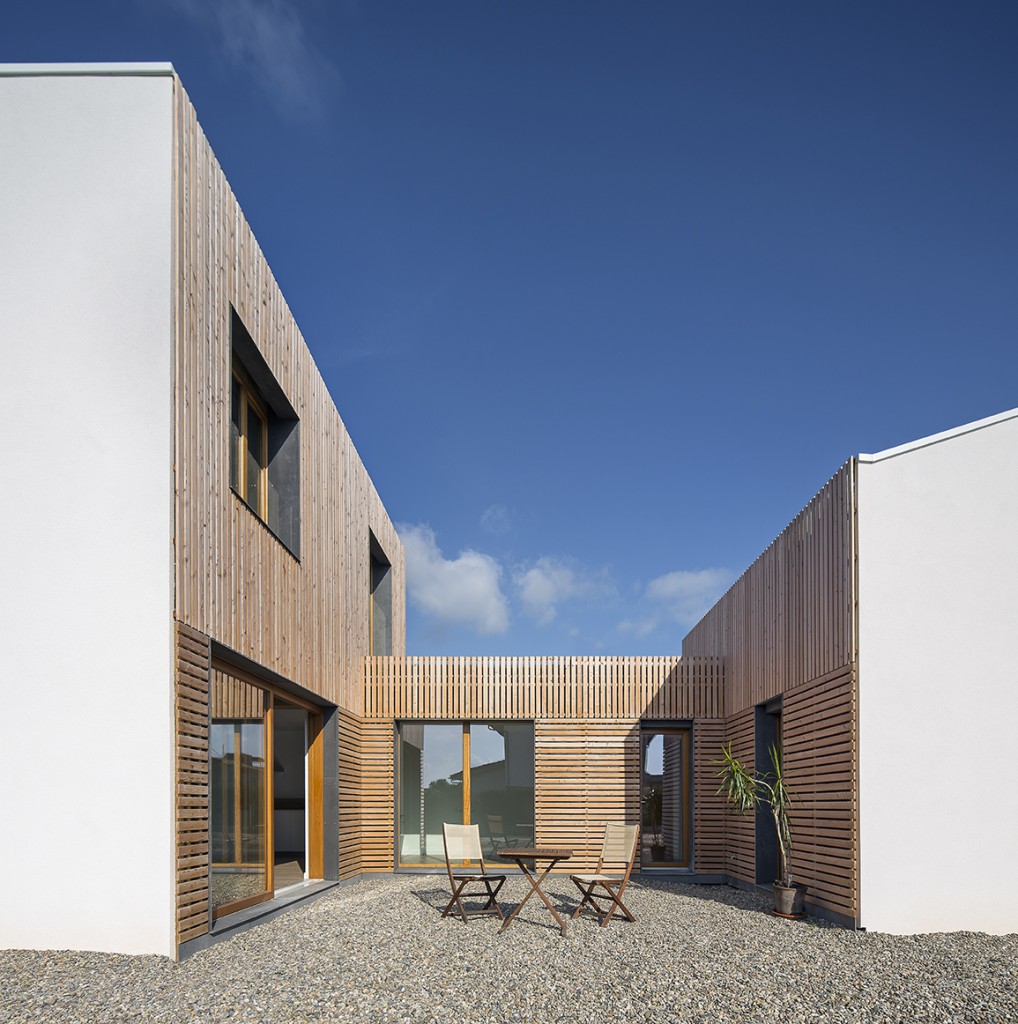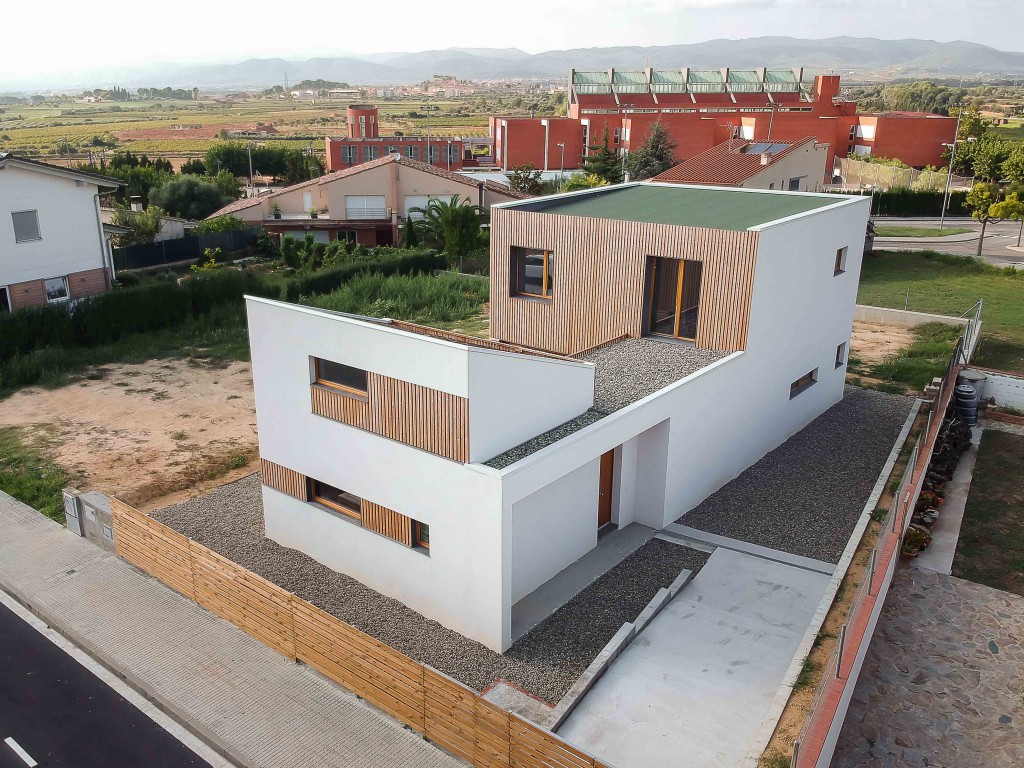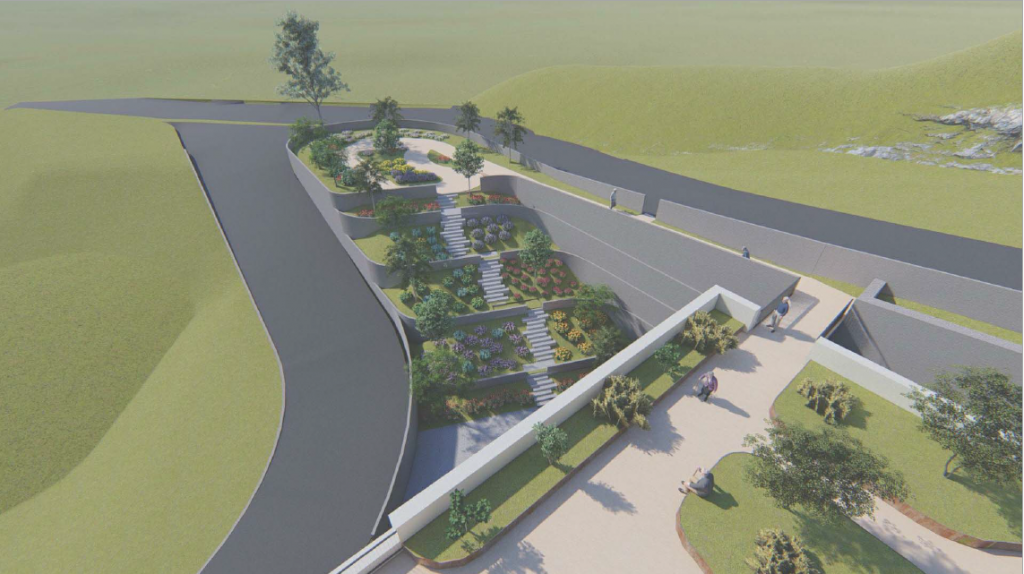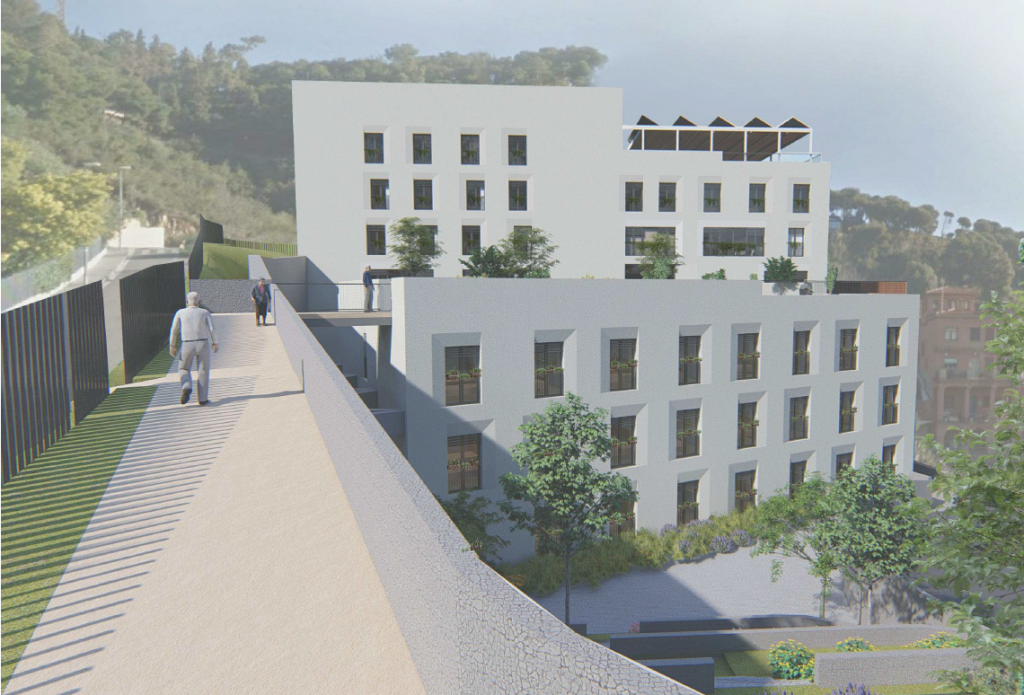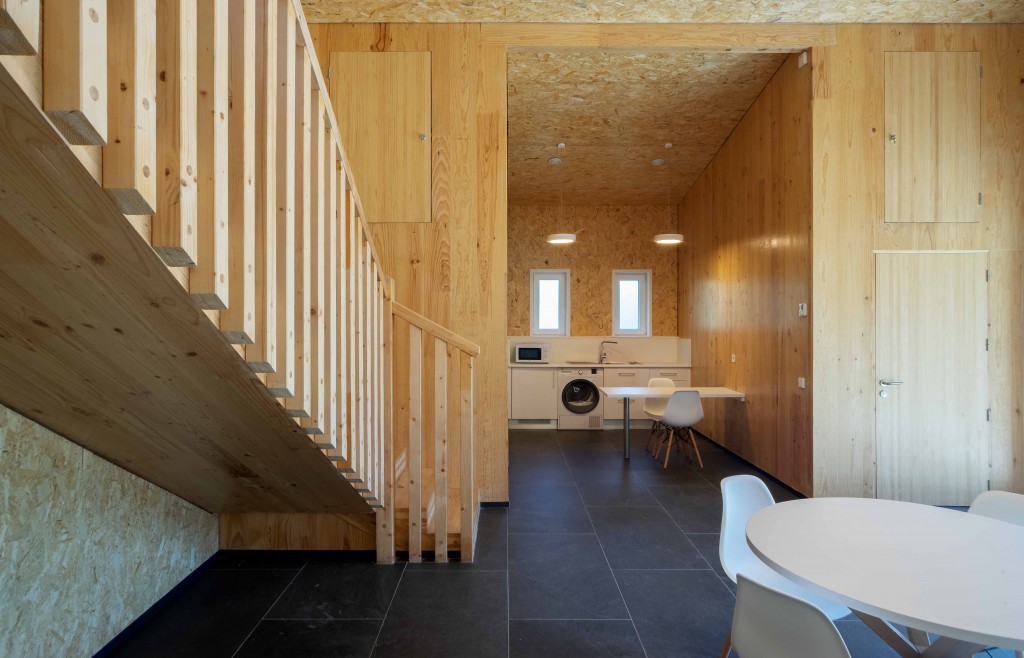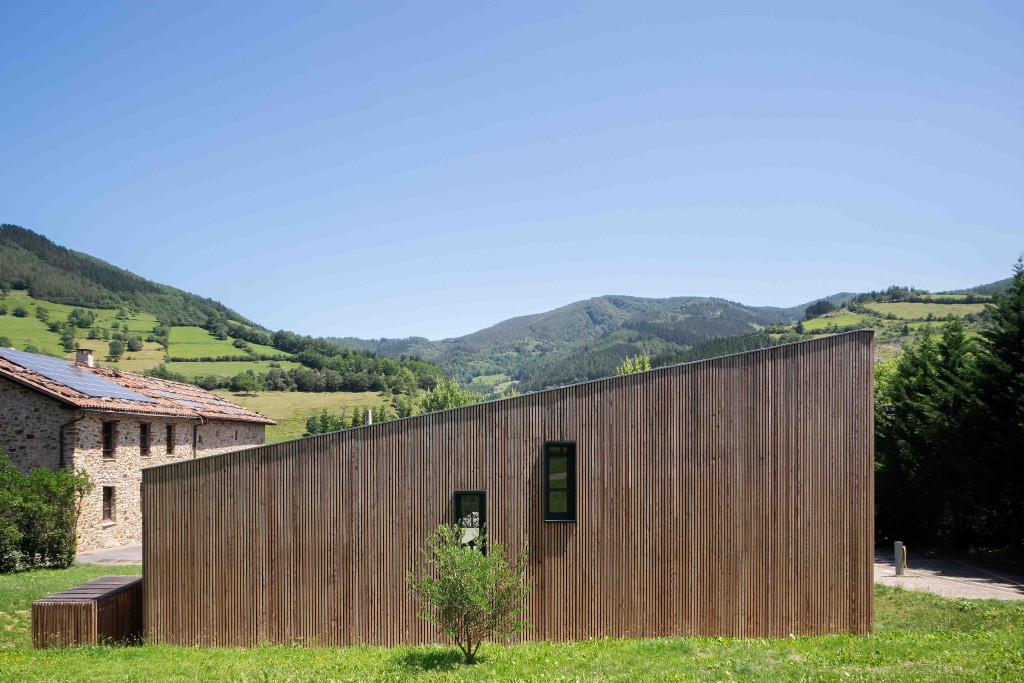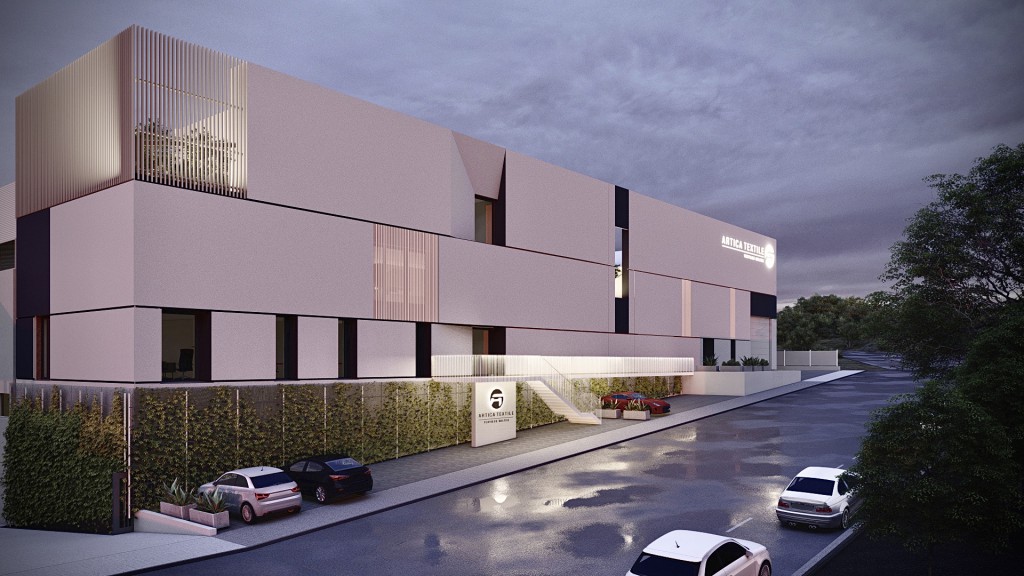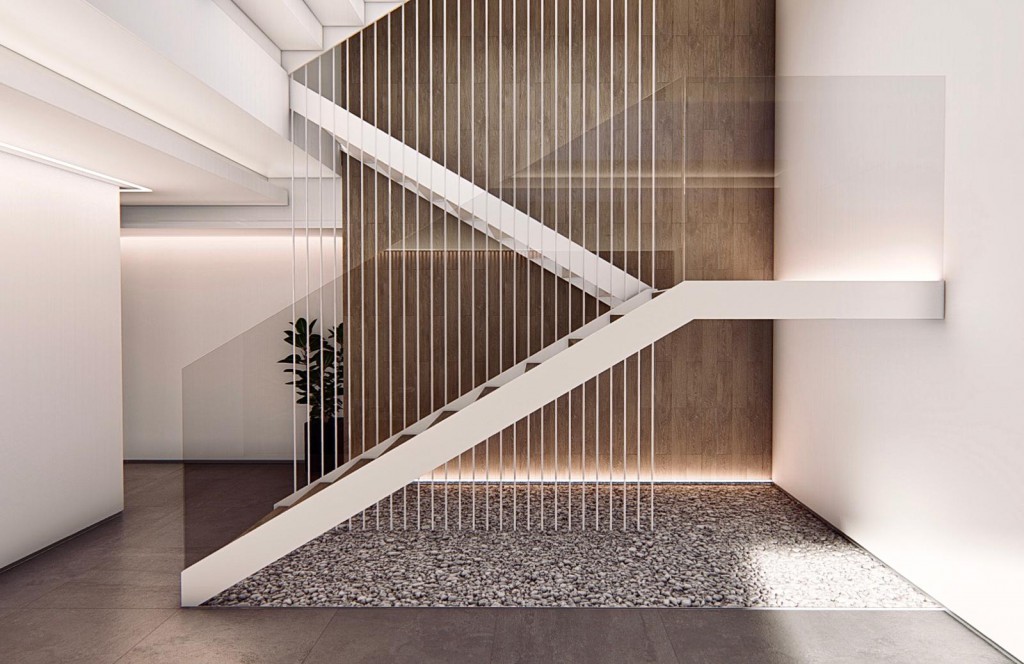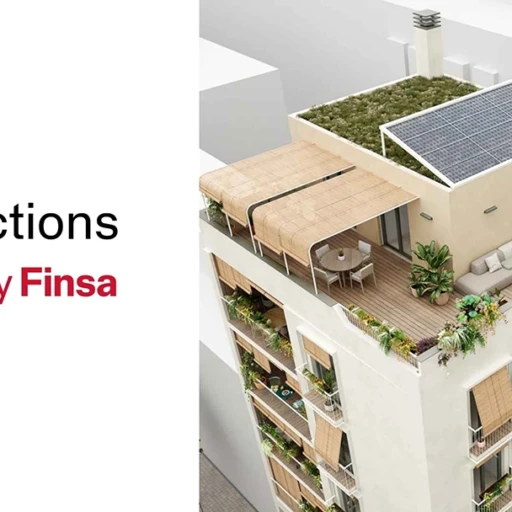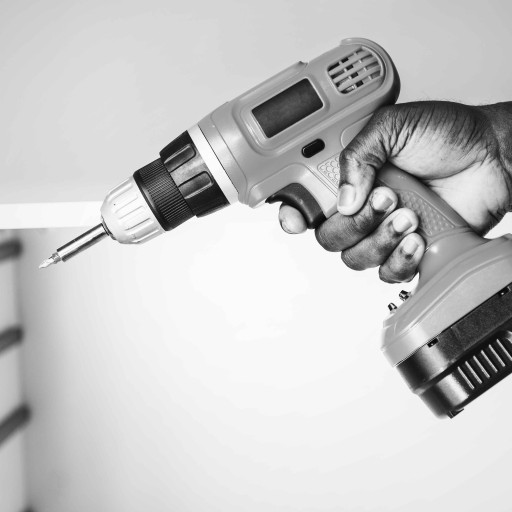Europe is paving the way for lower energy consumption. As of now, new, privately-owned buildings must meet the Nearly Zero-Energy Buildings standards. This means that they must have very low energy needs and that the energy they do use must come from renewable sources. However, the sector was already headed in that direction, as many were choosing to follow the international Passivhaus certification standards.
A comfortable, single-family nearly zero-energy home in Tarragona
The first single-family Passivhaus-certified home in the province of Tarragona was designed by Energiehaus and built in 2018 in L’arboc. The house stands out for its energy efficiency thanks to its isolated enclosure that follows the Passivhaus guidelines, resulting in low energy consumption and a very comfortable interior. Its orientation and design take maximum advantage of the sun’s path, natural light, and cross-ventilation. The materials are environmentally friendly, including wood products, like SuperPan Tech by Finsa, which was used to achieve an airtight seal.
Wood was used in the construction of this single-family home in L’arboc, designed by Energiehaus.
The first Passivhaus nursing home in Catalonia
Designed by architectural firm Genars, Mirador de Gracia in Barcelona is the first Passivhaus nursing home in Catalonia. The certification allows the facility to offer a high level of comfort, both in summer and winter, for a section of the population that requires stable temperatures and excellent indoor air quality. A thermal and light study of the 6,575m2 building was conducted by a Passivhaus consultant.
Image: Genars. Mirador de Gracia hopes to become the first Passivhaus nursing home in Cataluña.
Using local wood for a pilgrim hostel in Zegama
This Camino de Santiago hostel, designed by architects Natxo Ibarretxe and Iñaki del Prim, is located next to the Parketxe de Adueza, in the the Gipuzkoan town of Zegama. They would like the space to be recognised as a Nearly Zero-Energy Building and to have it meet all the requirements to be the first building in Basque country with a Passivhaus certification that is made for tertiary and public use.
Image: Jorge Allende. The hostel can accommodate up to 12 pilgrims and both its façade and interiors are made of wood.
Textiles jump on the sustainable architecture bandwagon in Valencia
The new headquarters of Artica Textile is the first Nearly Zero-Energy Passivhaus building in the sector, reinforcing the brand’s commitment to efficient and sustainable architecture. By using this well-known international standard for passive construction, they created a building with very low energy needs- approximately 90% less than a conventional building- and a high level of comfort for the company’s employees.
Architect Carlos Martínez, archiectural technologist Tomás Martínez Valls, and Passivhaus Ética Arquitectura, were all part of the team that made these offices possible.
A new and efficient co-op building model
Housing co-op Laborda is not just a Nearly Zero-Energy Building, it’s also a shining example of sustainability. It’s design, construction, and use are all based on the concept of participation. Self-sufficiency and collective management is what makes this project unique. It also uses recycled and recyclable biospheric materials. From an energy point of view, it’s all about reducing energy demand, with a bioclimatic design that has higher levels of insulation than normal, maximum exploitation of sunlight, cross-ventilation, and a covered courtyard, thus achieving high levels of comfort. It is one of the biggest wooden buildings in Barcelona.
Ver esta publicación en Instagram


